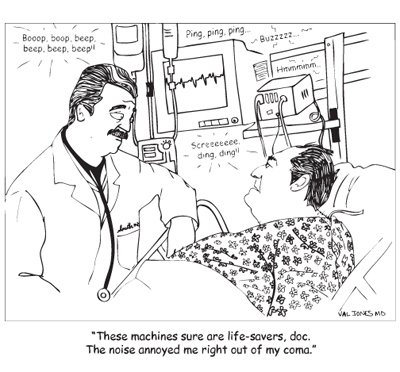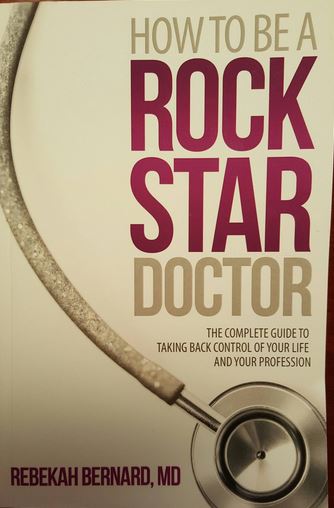Treating Depression: The “Shock Value” Of Electroconvulsive Therapy

Electroconvulsive therapy (ECT) is considered to be a highly effective treatment for depression. The story goes that roughly 90 percent of patients respond. The downside is that it requires general anesthesia with all its attendant risks, and patients may suffer from headaches and memory loss. The memory loss is often mild, but there are cases where it is profound and very troubling.
As with any psychiatric treatment — or so it seems — there are those who say it saved them and those who say it destroyed them. Because the risks aren’t minor, the procedure is expensive and often done on an inpatient unit, and people generally don’t like the idea of having an IV line placed, being put under, then shocked through their brain until they seize, only to wake up groggy and perhaps disoriented with an aching head, it’s often considered to be the treatment of last resort, when all else has failed. This makes the 90 percent response rate even more powerful.
I’m no expert on ECT. I haven’t administered it since I was a resident and I don’t work with inpatients where I see people before and after. I’ve rarely recommended it, and then I’ve been met with a resounding, “NO.” My memory of it was that it worked, and that most people didn’t complain of problems. One woman read a novel during her inpatient stay. I asked if she had trouble following the plot (ECT in the morning, novel reading in the afternoon), and she said no.
The Food and Drug Administration (FDA) has been looking at the safety and efficacy of the machines used to perform ECT. It’s a fairly complex story where the FDA advisory panel was considering whether to keep ECT machines categorized as “Class III” machines, which would now require machine manufacturers to prove their efficacy and safety. A reclassification as Class II (and therefore lower risk) would not require this stringent proof. Read more »
*This blog post was originally published at Shrink Rap*











